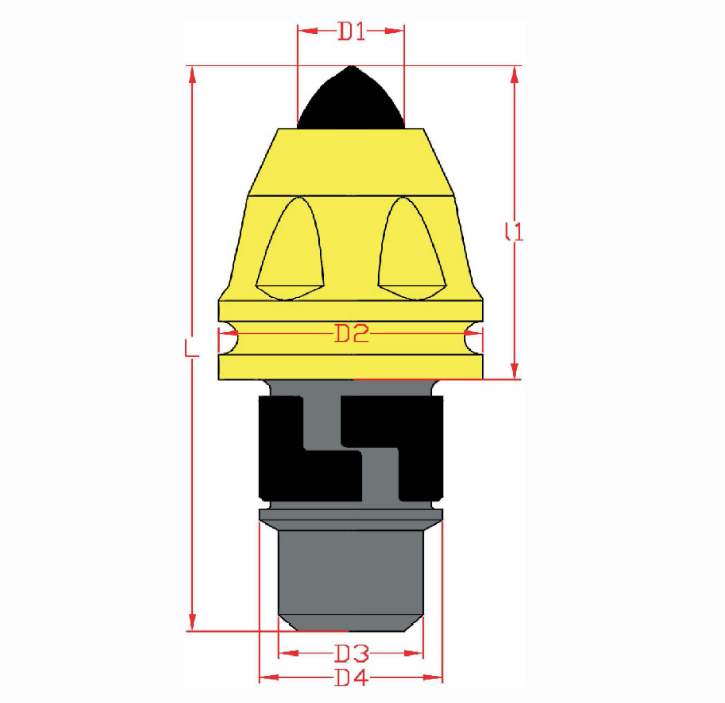Understanding Rotary Drilling in Construction
Rotary drilling is a fundamental technique used in construction projects to bore holes into the ground. It involves the use of a rotating drill bit that cuts through various types of materials, including soil, rock, and concrete. This versatile method is widely employed in various construction applications, from foundation installation to environmental sampling.

How Rotary Drilling Works
In rotary drilling, a powerful drill rig is utilized to apply force and rotation to the drill string, which consists of drill pipes and the drilling tool. The drill bit at the bottom of the drill string rotates, creating a cutting action that breaks up the ground material. As the drilling progresses, the cuttings are carried to the surface through the annular space between the drill string and the borehole wall.
1. Rotary Motion:
The term "rotary" in construction refers to the rotational movement of the drill bit. The drill string is rotated either by a top-drive system, where the power is transmitted from the rig's motor to the drill string, or by a down-hole motor located near the drill bit.
2. Cutting and Flushing:
As the drill bit rotates, it creates a cutting action by grinding or crushing the material it encounters. Simultaneously, a drilling fluid, commonly known as drilling mud, is pumped through the drill string to lubricate the bit and carry away the cuttings to the surface. The drilling mud also serves to stabilize the borehole walls, control pressure, and cool the drill bit.
The Importance of Rotary Drilling in Construction
Rotary drilling plays a crucial role in various construction activities, including:
1. Foundation Installation:
Rotary drilling is widely used for installing deep foundations, such as drilled piers, caissons, and piles. It allows for the efficient creation of stable and load-bearing foundation elements that support structures.
2. Geotechnical Investigations:
Construction drilling involves performing geotechnical investigations to assess soil and rock properties, groundwater conditions, and environmental factors. Rotary drilling enables the collection of samples and the installation of monitoring wells for accurate analysis.
3. Environmental Sampling:
Rotary drilling is instrumental in environmental projects, including the sampling and monitoring of soil and groundwater for contamination assessment. It allows for the extraction of representative samples for laboratory testing and the installation of remediation systems.
Embracing the Advantages of Rotary Drilling
Rotary drilling is a versatile and efficient technique that has revolutionized the construction industry. By harnessing the power of rotational motion, cutting action, and drilling fluids, this method provides the means to overcome various geological challenges and achieve successful construction outcomes. Whether it's foundation installation, geotechnical investigations, or environmental projects, rotary drilling remains an indispensable tool for construction professionals.
